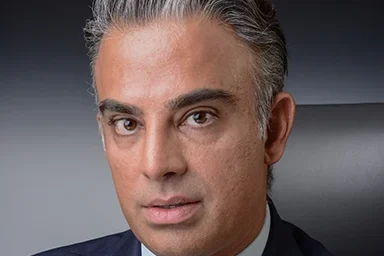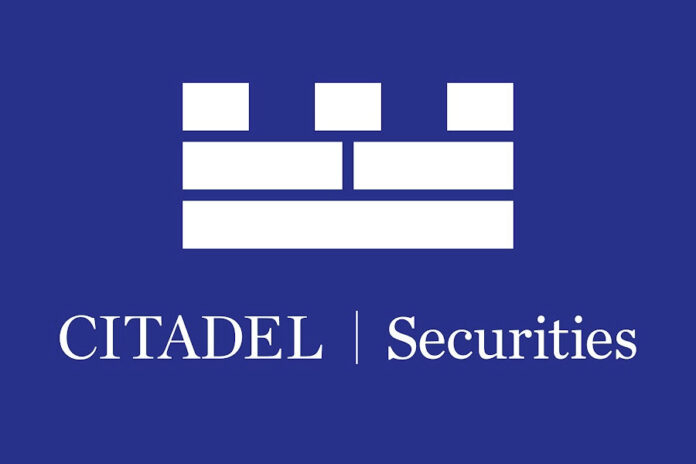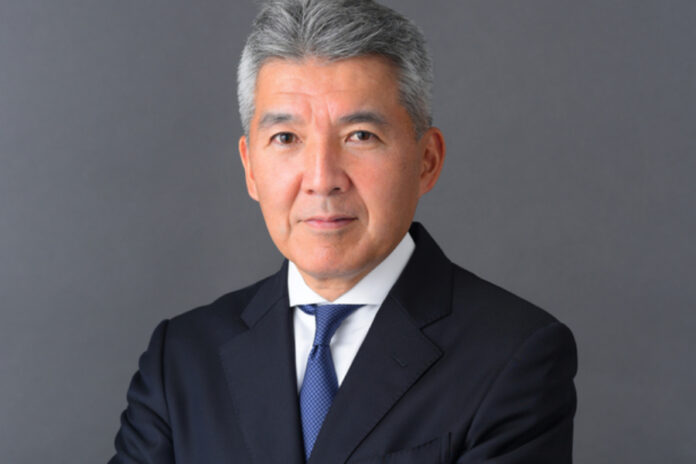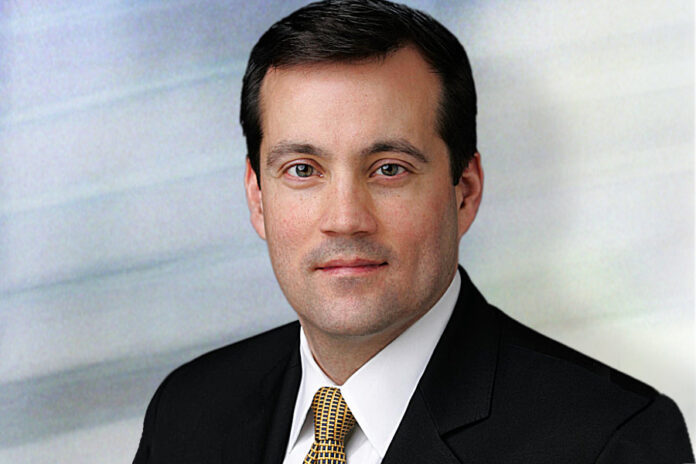Industry bodies have called for the European Securities and Markets Association (ESMA) and the European Commission to make amendments to the policy and implementation framework of the European equities and ETF consolidated tape.
Five issues were raised in a letter from the European Fund and Asset Management Association (EFAMA), the European Principal Traders Association (EPTA), and business consulting firm Protiviti. Recommendations cover deeper pre-trade data, the inclusion of a wider range of data providers, and stronger governance measures.
“I think they are spot on – all of the recommendations are critical and echo our recommendations on the original report we did on the proposed design of a consolidated tape,” Niki Beattie, CEO of Market Structure Partners, told Global Trading.
She added that such measures are vital for the competitive nature of European markets.
“I’m not sure why we’re still arguing about them. Investors are increasingly moving to look at investable outcomes. If they can’t get good data on reasonable terms, they will just bypass Europe and go to other markets where they can. It’s nonsensical that anyone thinks otherwise if we want our markets to grow. Those who argue against this are doing so in self-interest and do not have the mutual growth of the market as their main objective.”
The first point argues for pre-trade quotes in the tape to go beyond the depth required by MiFIR. Currently only top-of-book quotes need to be reported, which the letter says limits price discovery and lit market growth.
“Increased order book depth will allow the tape’s users to gain richer insights into supply and demand, enable better execution decisions, tighter spreads, and growth of secondary markets,” it states.
The letter also calls for exchange-traded commodities (ETCs) and exchange-traded notes (ETNs) to be included in the tape, providing a clearer picture of all exchange-traded financial instruments, and for pre-trade data to also include venue identifiers, allowing tape users to make better informed decisions.
These changes could be implemented as part of the European Commission’s Savings and Investment Union (SIU) omnibus package, it suggested, with MiFIR updated to cover at least five layers of prices and volumes and to include Market Identifier Codes (MICs) alongside the top five European best bids and offers and corresponding volumes.
Mark Montgomery, COO of data and analytics solutions provider Xyt, approved of the suggestions, commenting, “Granular data is the foundation of true transparency. Without it, investors will struggle to fully understand the dynamics of fragmented markets.”
Further, the organisations argue that smaller venues should be encouraged to provide data to the tape.
In July, ESMA published a list of data contributors for the CTP. It did not mandate smaller trading venues to participate, a choice which the associations warn could result in an incomplete or distorted view of market activity.
An incentive for such small providers could be potential activity growth, with their presence on the tape making them more visible to investors.
READ MORE: Increased visibility to encourage voluntary CTP data contribution
ESMA and the CTP should provide support and take action to prevent smaller venues being excluded automatically.
Finally, the associations stress the need for a strong governance framework around the tape.
“Bidders for the tape should propose a robust governance arrangement, involving key data user communities, which goes beyond a consultative role, to include veto powers on key design features of the tape like pricing and fee structures, latency, data content and access,” they affirmed.
A European consolidated tape has been in the works since 2010, 35 years after the US introduced the National Market System (NMS). Many of ESMA’s recommendations for the tape trail those already in practice in the US; the first being that all exchanges are required to contribute to the tape in the States. Off-exchange trades are reported separately in consolidated trade data provided to FINRA’s Trade Reporting Facilities, and alternative trading system or dark pool quotes are generally not displayed.
Quotes on the US tape are labelled with the exchanges that have provided them.
Some of the differences between the tapes are practical. While the US is a single jurisdiction, the EU is a bundle of fragmented markets, currencies and regulatory bodies.
In the US, three security information processors (SIPs) provide the tapes; the Unlisted Trading Privileges (UTP) plan covers Nasdaq and over-the-counter securities, the Consolidated Tape Association (CTA) oversees all other exchanges, and exchange-traded securities options are covered by the Options Price Reporting Authority (OPRA).
In Europe, just EuroCTP has publicly made a bid to be the consolidated tape provider (CTP).
READ MORE: One-horse European equity CTP race “flawed”, industry expert says
The firm was unable to comment on EFAMA’s letter.











